.jpg)
×
× is a series of large scale portraits of pea (Pisum sativum) cultivars, depicted in pairs, mounted on public buildings throughout the city of Brno, Czechia. The work was commissioned for the 2022 BAO Biennial, entitled gGeEnn - Mendel Is… an Artist!.
The exhibition's theme was centered around the Augustinian monk Gregor Mendel, whose legacy is based on his experiments with cross breeding different pea varieties, which led him to discover the laws of heredity. Schematics of these experiments usually depict the peas as stylized green or yellow spheres with either smooth or wrinkled skin. Breaking down the workings of genes into a few simple properties and rules helps us to understand their fundamentals. But this simplification also entices us to believe that we could easily master and control the working of genes. Genes are infinitely complex, and the genome of the pea in particular is 1.4 times larger than that of a human.
The pea varieties shown throughout Brno during BAO give a glimpse into the diversity of this plant. The chosen pea varieties are historic, non-proprietary, open pollinated cultivars, some of them going back to before Mendel's time. Peas are one of the oldest crop plants, and like all domesticated plants, they have formed a symbiotic relationship with humans. Thousands of years of cultivation and crossbreeding have changed the pea. It has become an anthropocenic species, in that it combines the needs and desires of the original plant with those of its human caretaker. This is also evident in how these cultivars are named, often after the people who grew them, their hometowns or their culinary traditions. Each cultivar is unique, and has properties or combinations of properties that none of the others have. By showing two distinct cultivars next to each other these differences become especially apparent. The photographic process and magnification turns the humble, mundane, almost boring pea into something strange, beautiful and spectacular. It is no longer just an utilitarian crop, but can be recognized as a complex life form. The depiction in pairs leads to an additional anthropomorphization. In a strange way one can relate to the peas by drawing comparisons to human couples, relationships, or dating ads. Mendel was well aware of the sexual connotations of his work. He turned to breeding peas in a steamy greenhouse after his Bishop prohibited him from continuing his experiments with breeding mice, as these were deemed too obscene for a monk to observe.
The peas shown here were obtained from farmers around Berlin and from Germany's crop seed bank IPK in Gatersleben. I used microscope lenses together with focus stacking and stitching techniques to photograph the peas in small increments, resulting in images that are so detailed that individual cells become visible. Each pea is composed of several hundred individual photographs.
The exhibition's theme was centered around the Augustinian monk Gregor Mendel, whose legacy is based on his experiments with cross breeding different pea varieties, which led him to discover the laws of heredity. Schematics of these experiments usually depict the peas as stylized green or yellow spheres with either smooth or wrinkled skin. Breaking down the workings of genes into a few simple properties and rules helps us to understand their fundamentals. But this simplification also entices us to believe that we could easily master and control the working of genes. Genes are infinitely complex, and the genome of the pea in particular is 1.4 times larger than that of a human.
The pea varieties shown throughout Brno during BAO give a glimpse into the diversity of this plant. The chosen pea varieties are historic, non-proprietary, open pollinated cultivars, some of them going back to before Mendel's time. Peas are one of the oldest crop plants, and like all domesticated plants, they have formed a symbiotic relationship with humans. Thousands of years of cultivation and crossbreeding have changed the pea. It has become an anthropocenic species, in that it combines the needs and desires of the original plant with those of its human caretaker. This is also evident in how these cultivars are named, often after the people who grew them, their hometowns or their culinary traditions. Each cultivar is unique, and has properties or combinations of properties that none of the others have. By showing two distinct cultivars next to each other these differences become especially apparent. The photographic process and magnification turns the humble, mundane, almost boring pea into something strange, beautiful and spectacular. It is no longer just an utilitarian crop, but can be recognized as a complex life form. The depiction in pairs leads to an additional anthropomorphization. In a strange way one can relate to the peas by drawing comparisons to human couples, relationships, or dating ads. Mendel was well aware of the sexual connotations of his work. He turned to breeding peas in a steamy greenhouse after his Bishop prohibited him from continuing his experiments with breeding mice, as these were deemed too obscene for a monk to observe.
The peas shown here were obtained from farmers around Berlin and from Germany's crop seed bank IPK in Gatersleben. I used microscope lenses together with focus stacking and stitching techniques to photograph the peas in small increments, resulting in images that are so detailed that individual cells become visible. Each pea is composed of several hundred individual photographs.
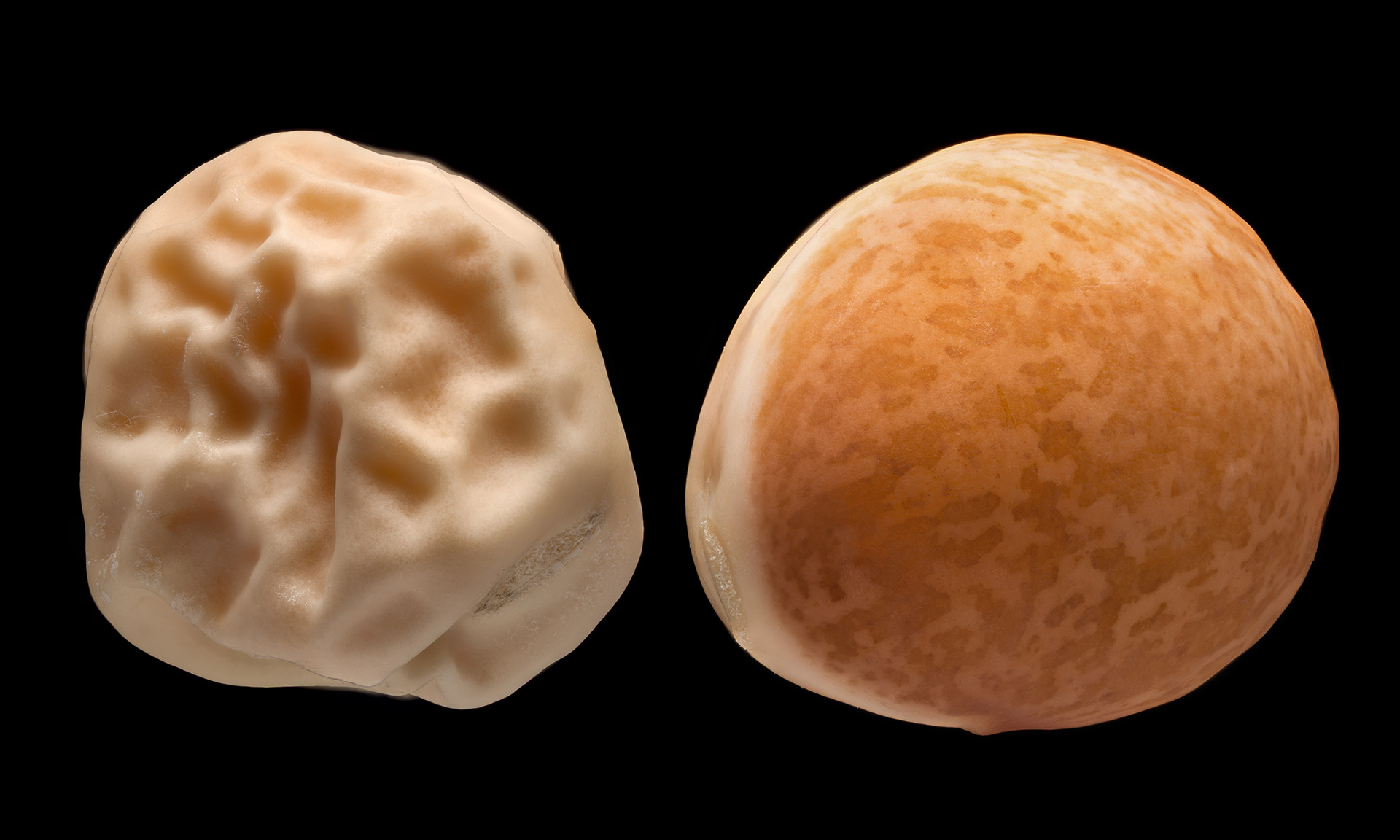
Ambrosia × Den Beg
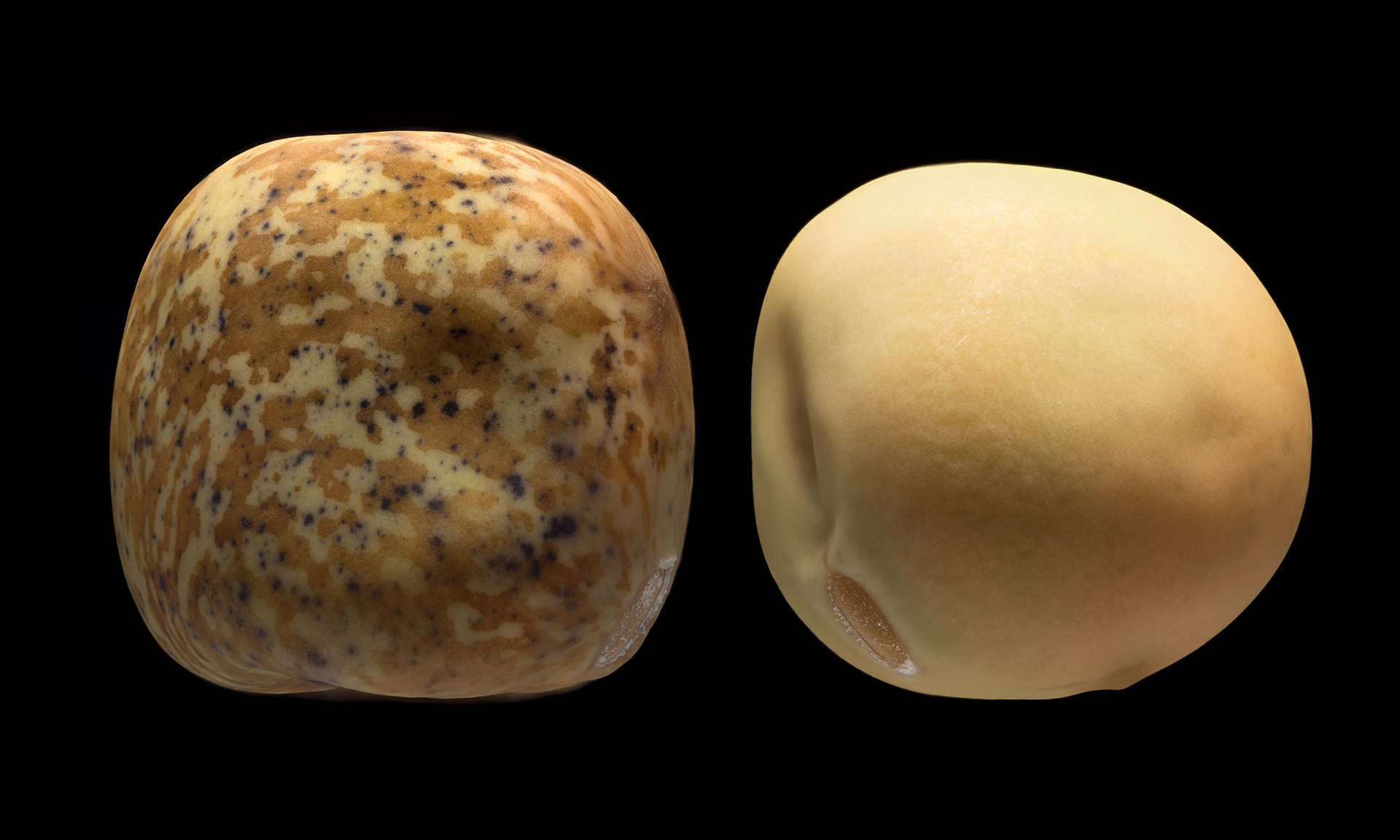
Assas × Brenzlauer
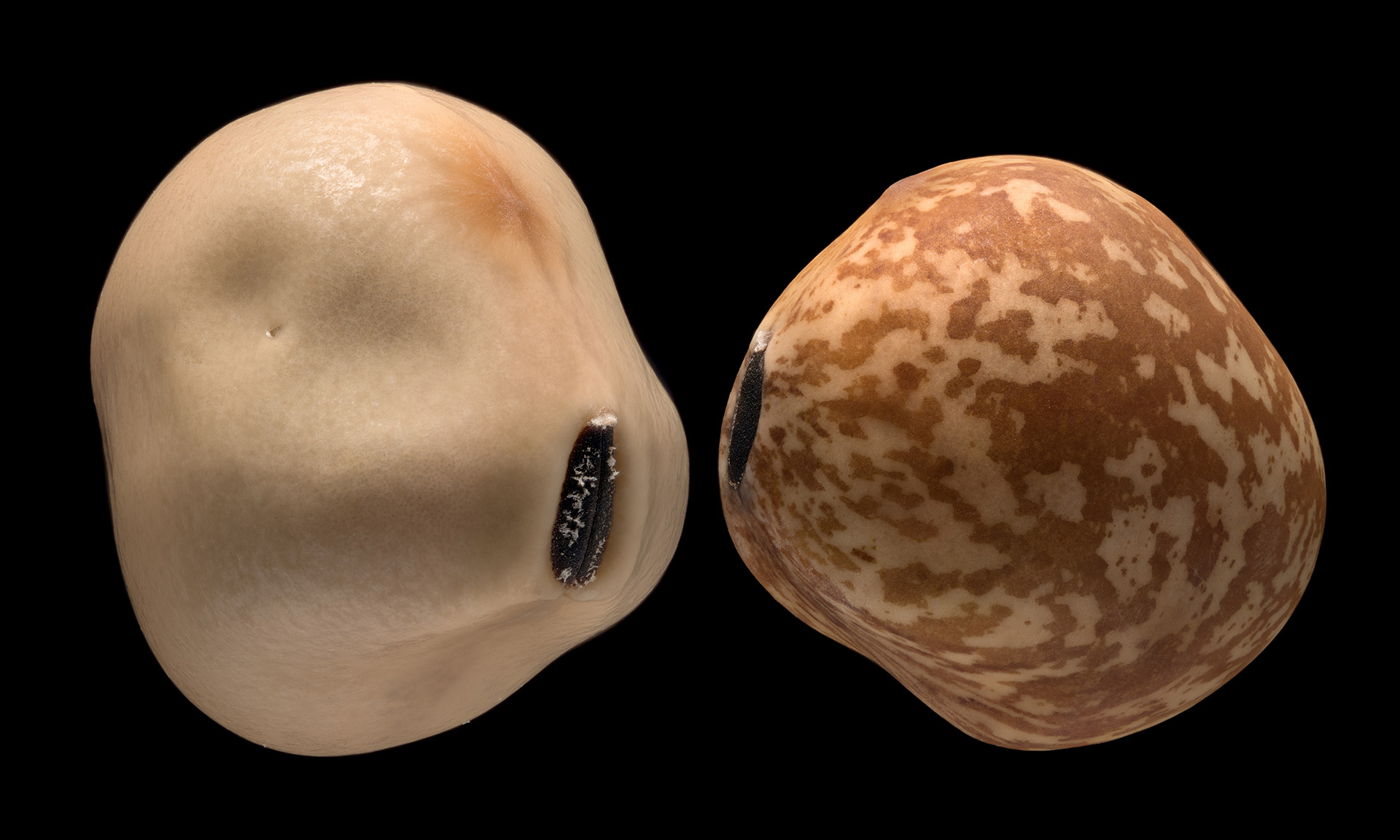
Bisilia Atar × Perdro
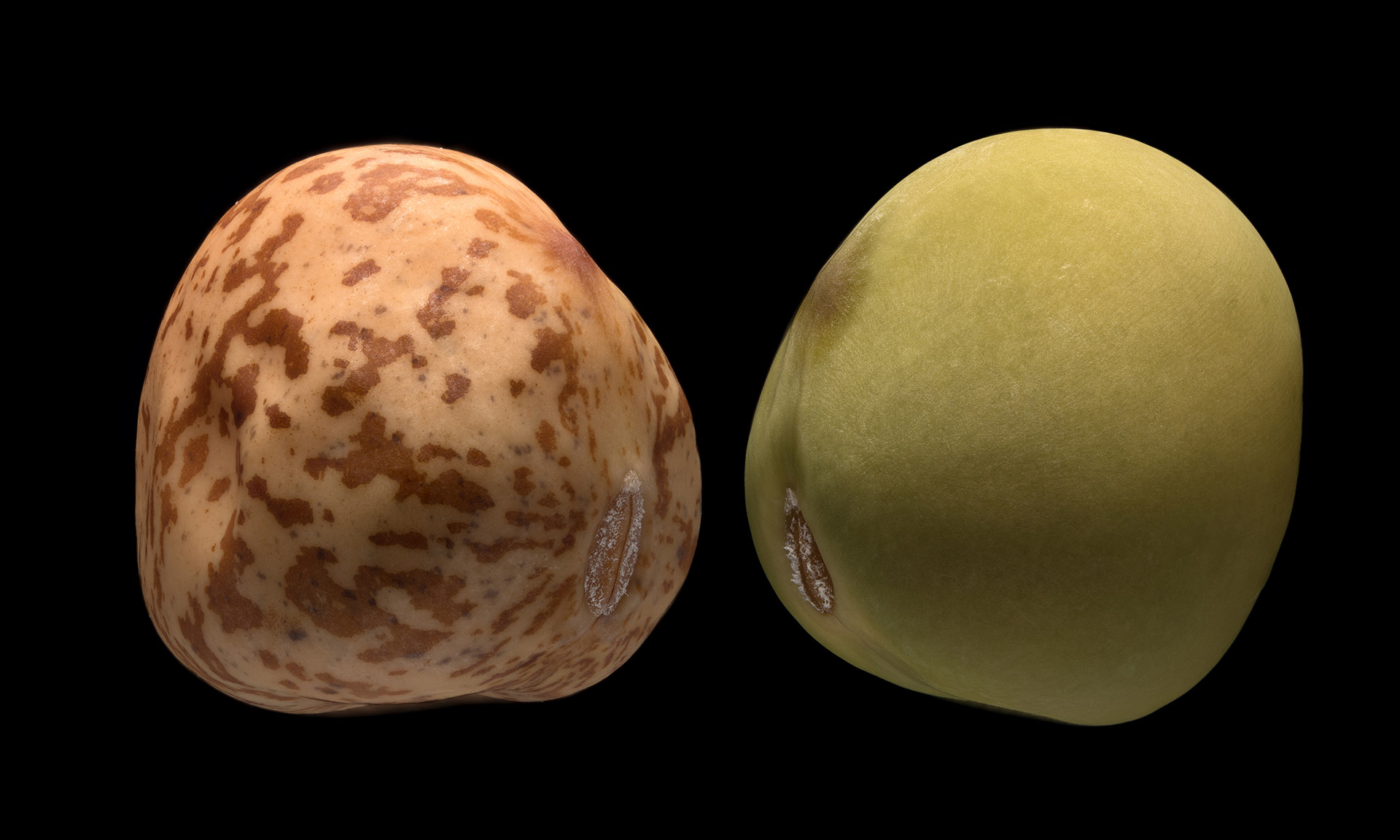
Carouby de Maussane × PIS 1398
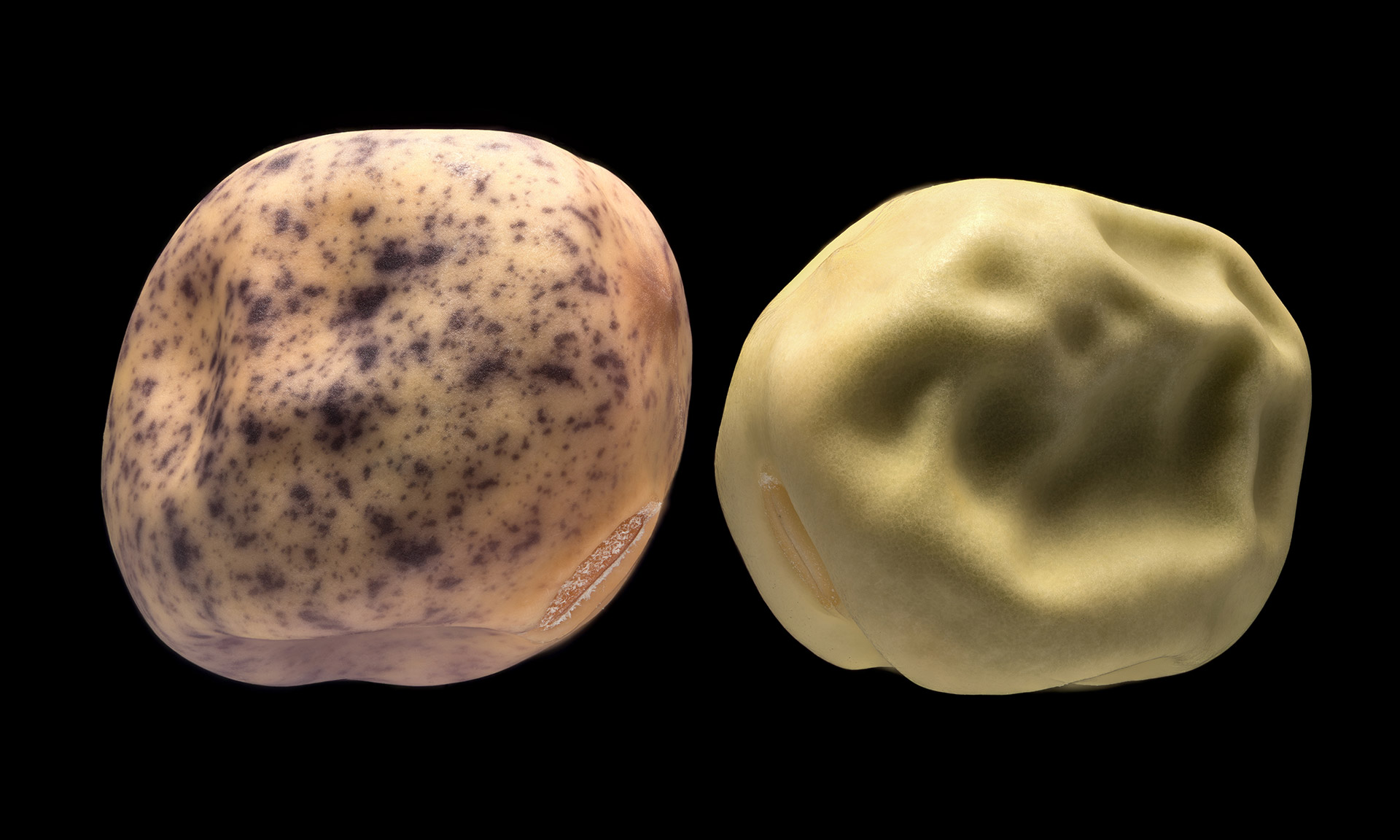
Dwarf Grey Sugar × Serge
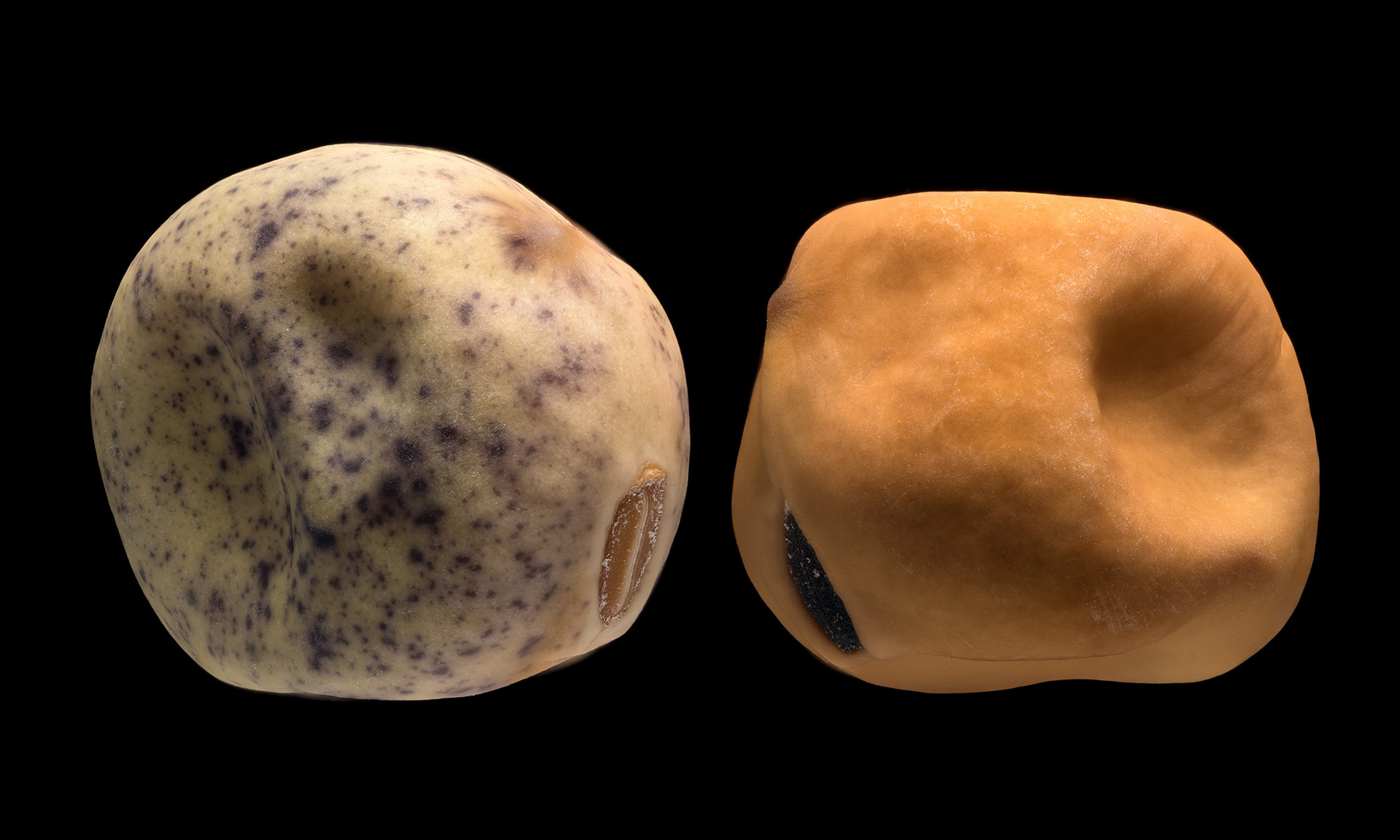
Enders Eifeler Zuckererbse × Nola
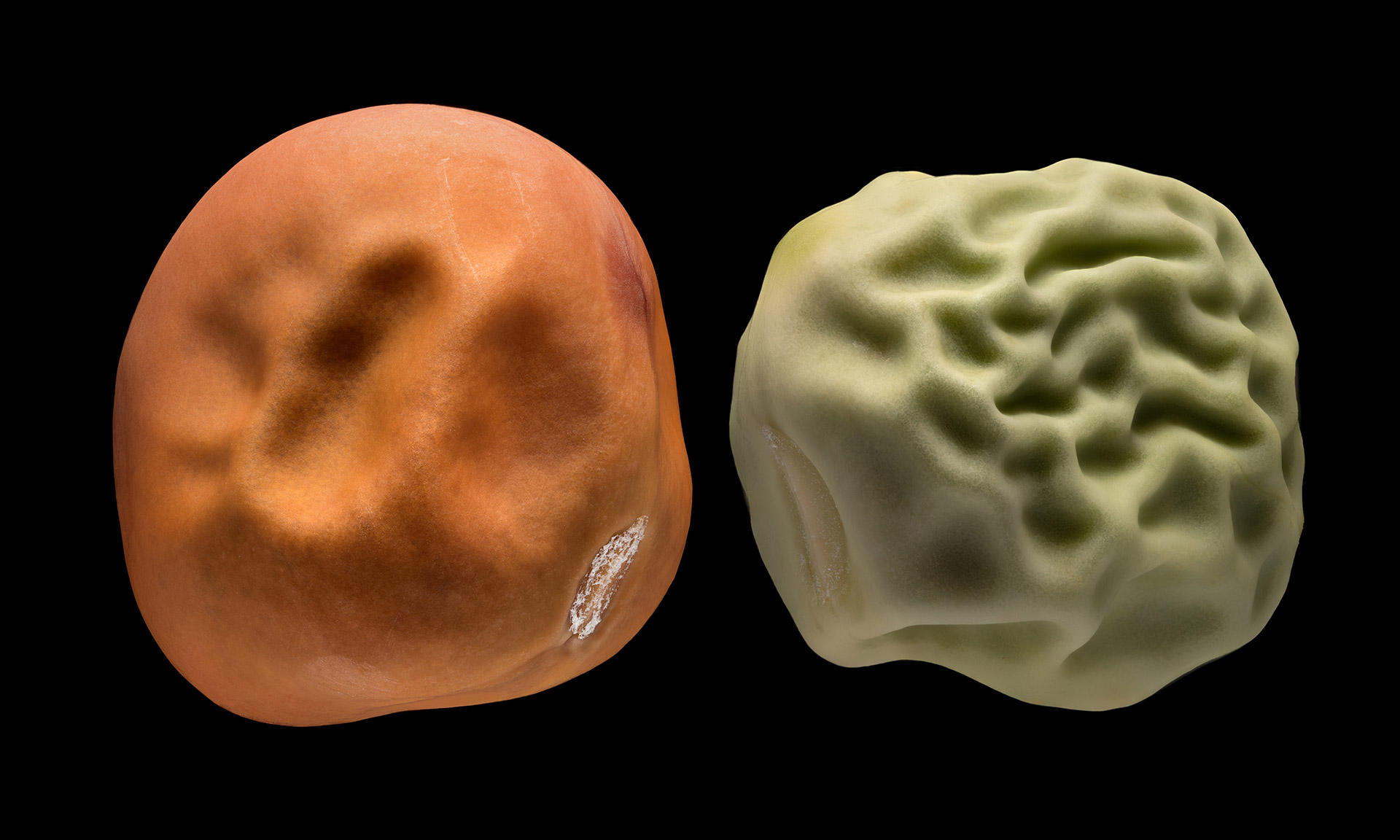
Familie Kemen × Weltacker
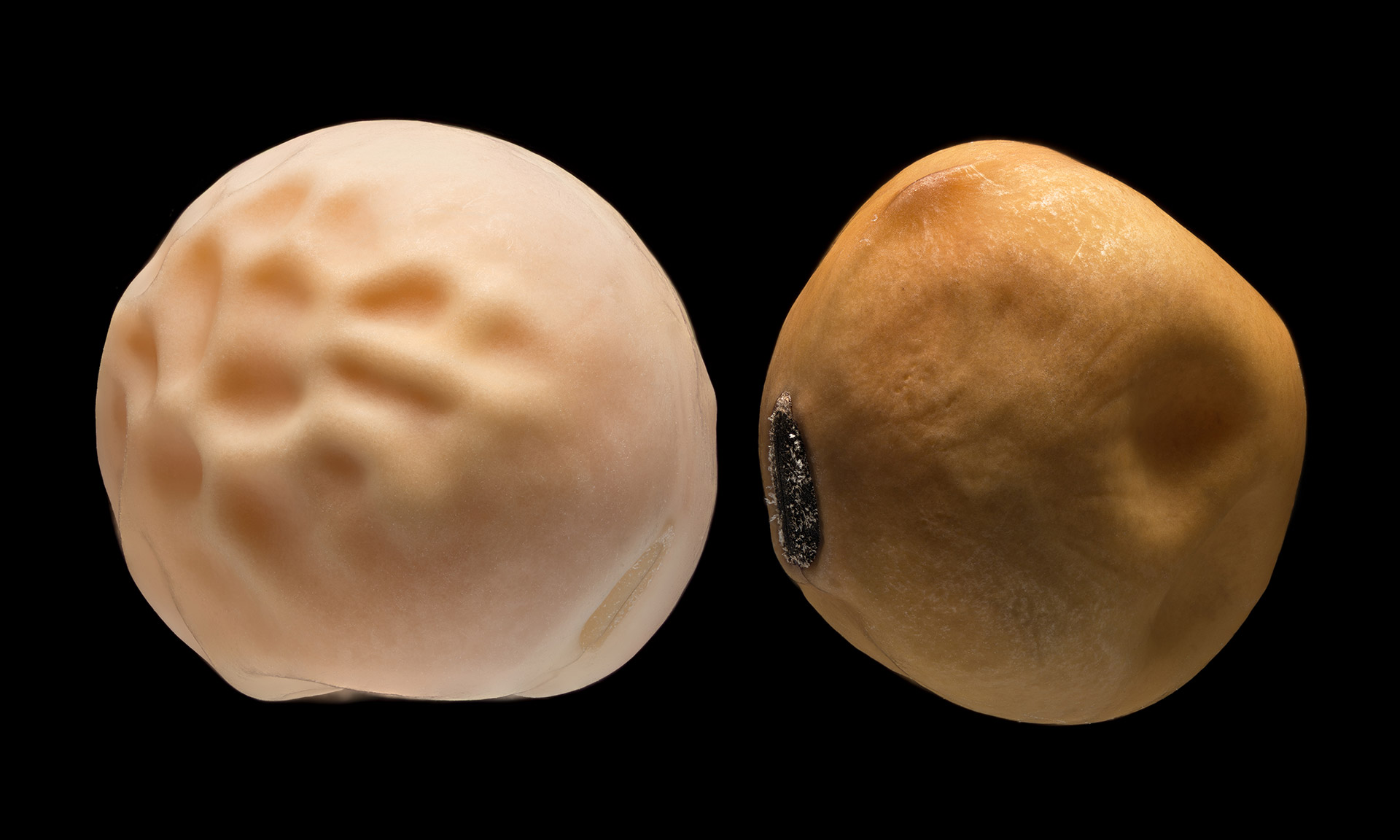
Frühe Heinrich × Hoedinger Futtererbse
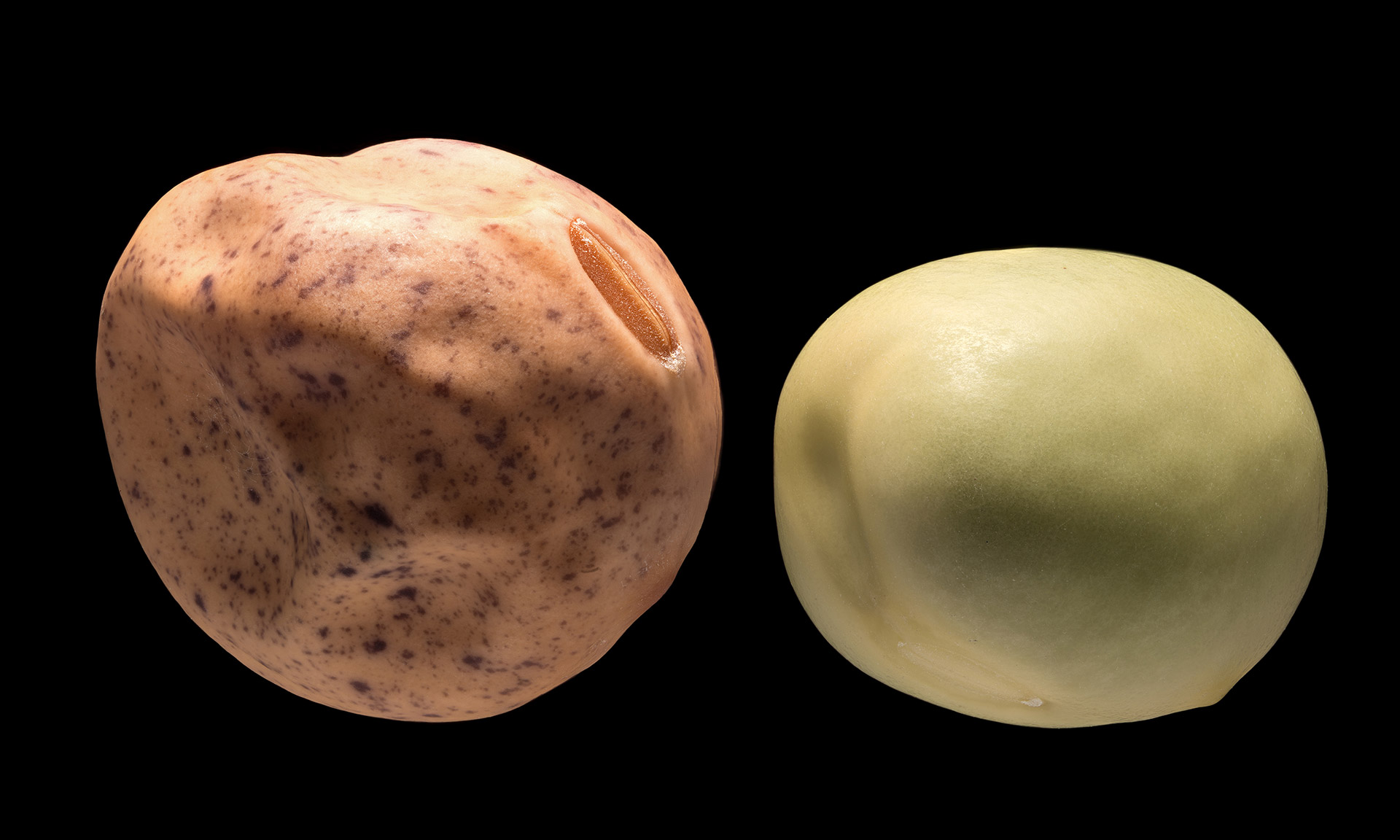
Goldkönigin × Grüne Perle
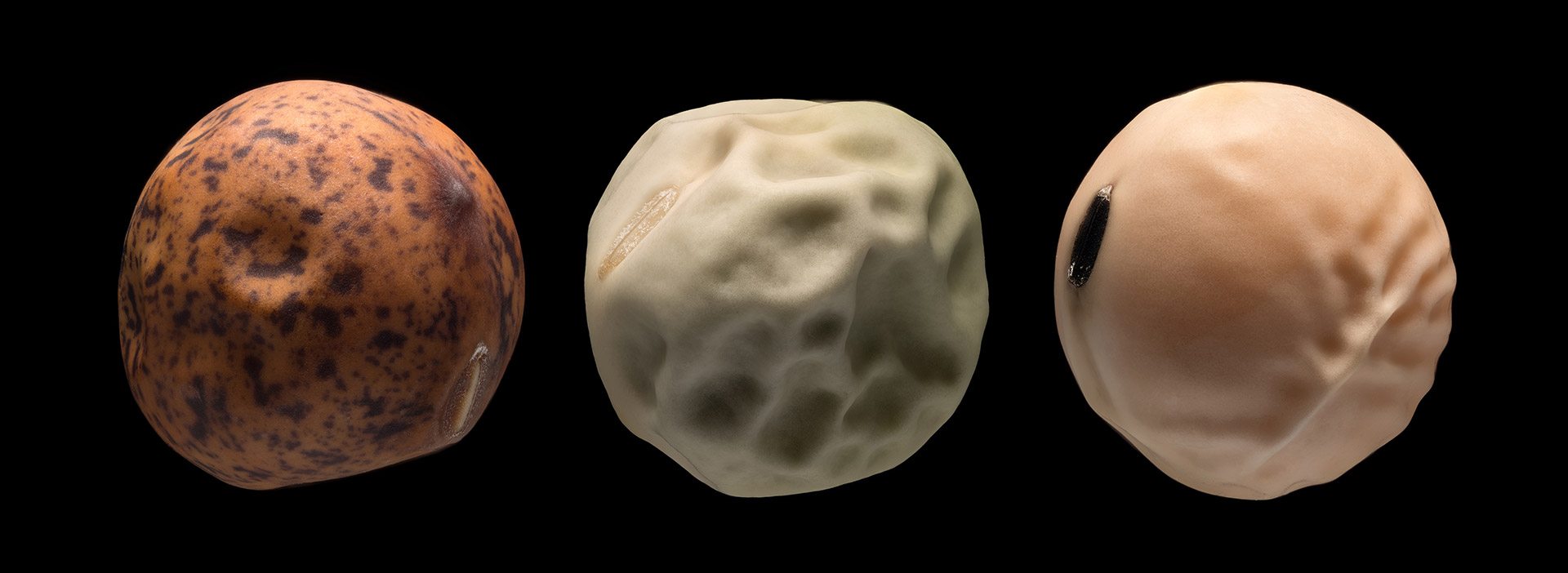
Graue Buntblühende Zucker × Telephone × Olho preto
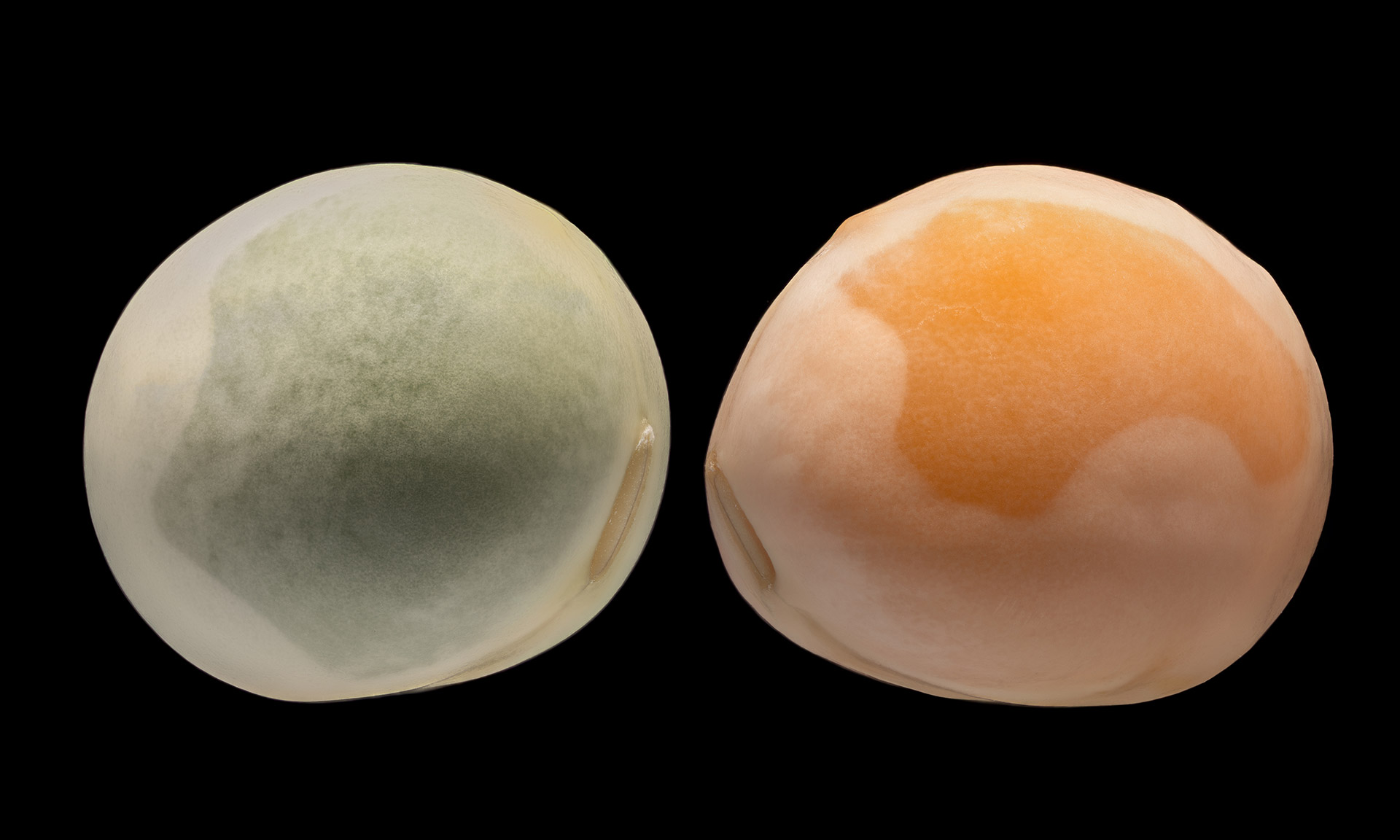
Hadmerslebener Grüne × Zeiners Gold
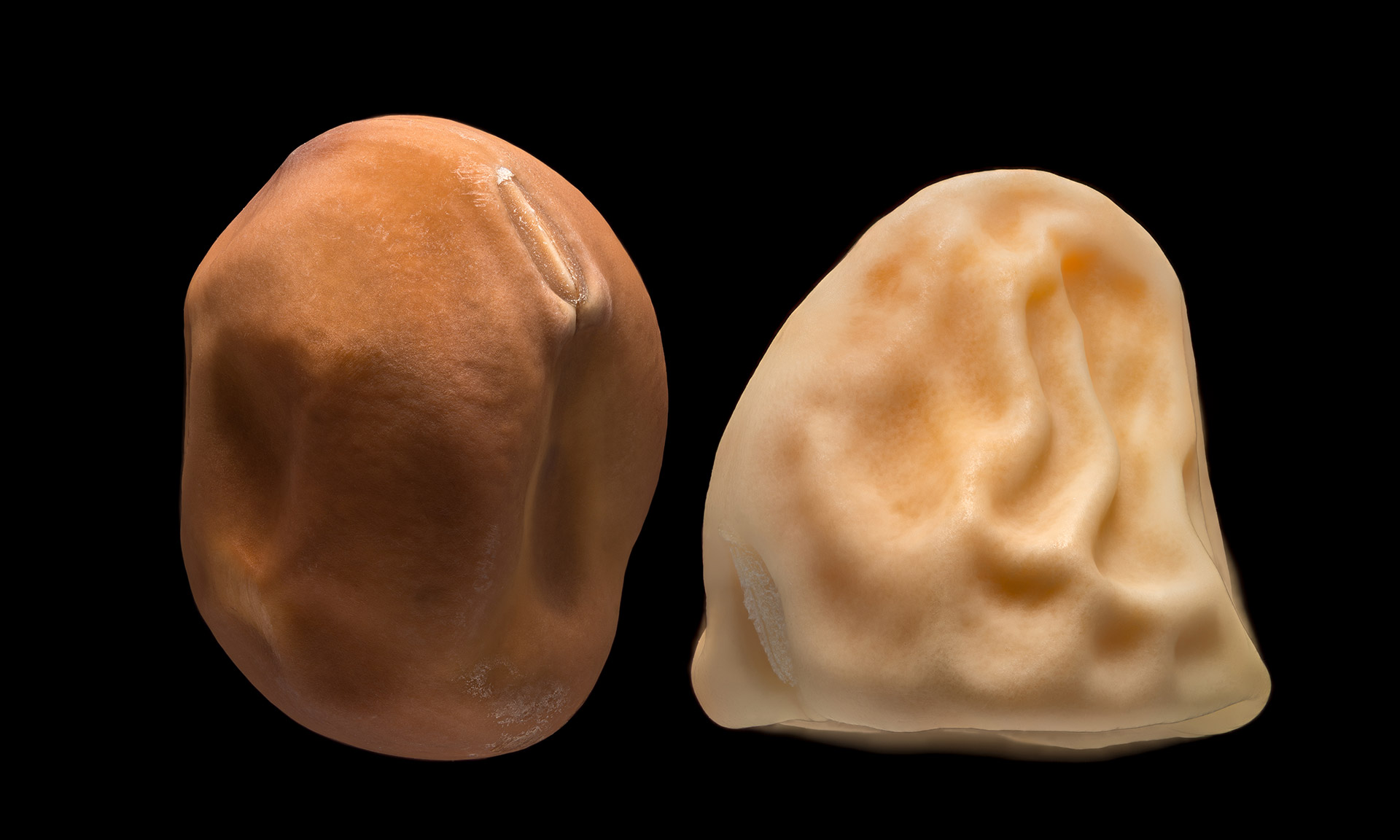
Kapuziner 42 × Progress de Laxton
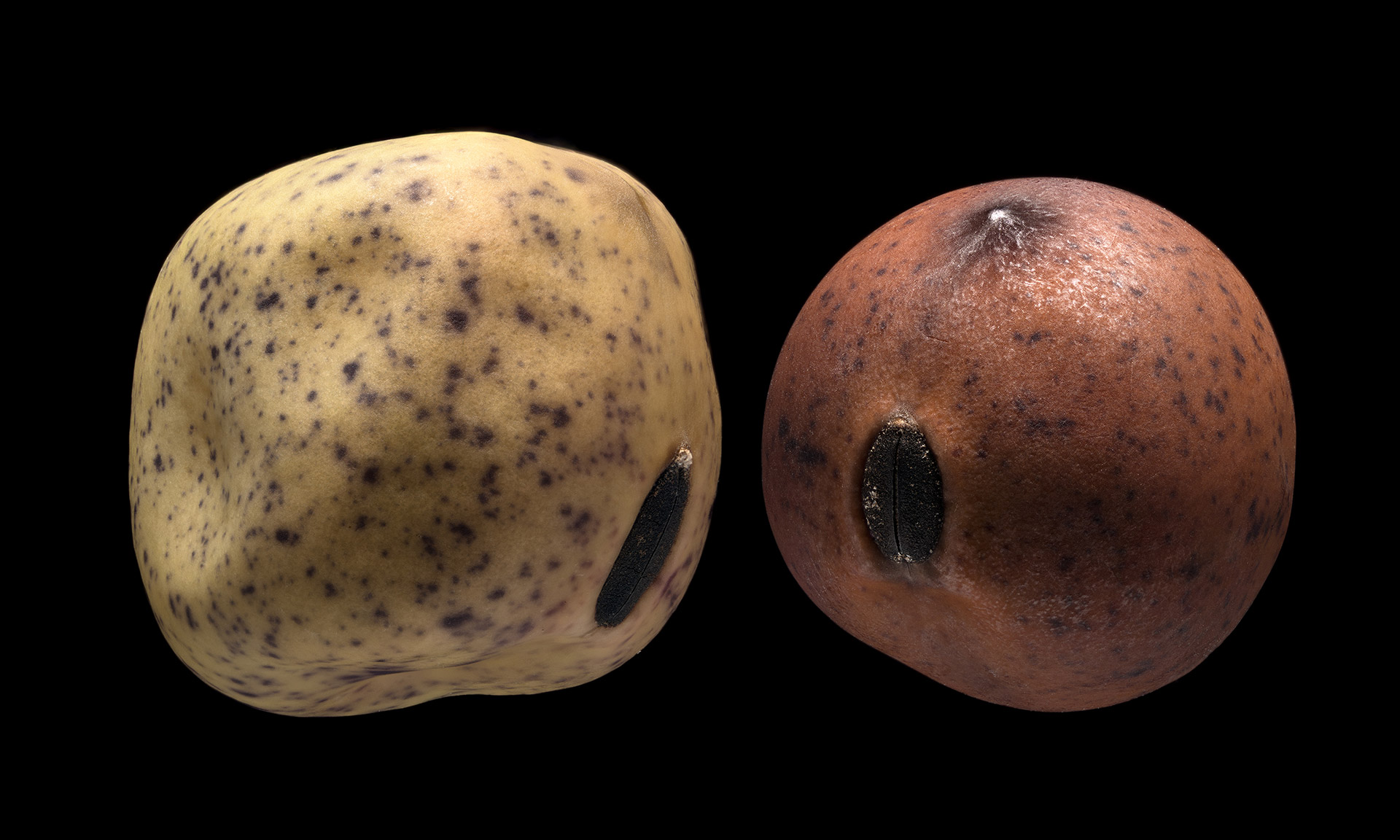
Klatovská Ozimá × Schweizer Marmorerbse
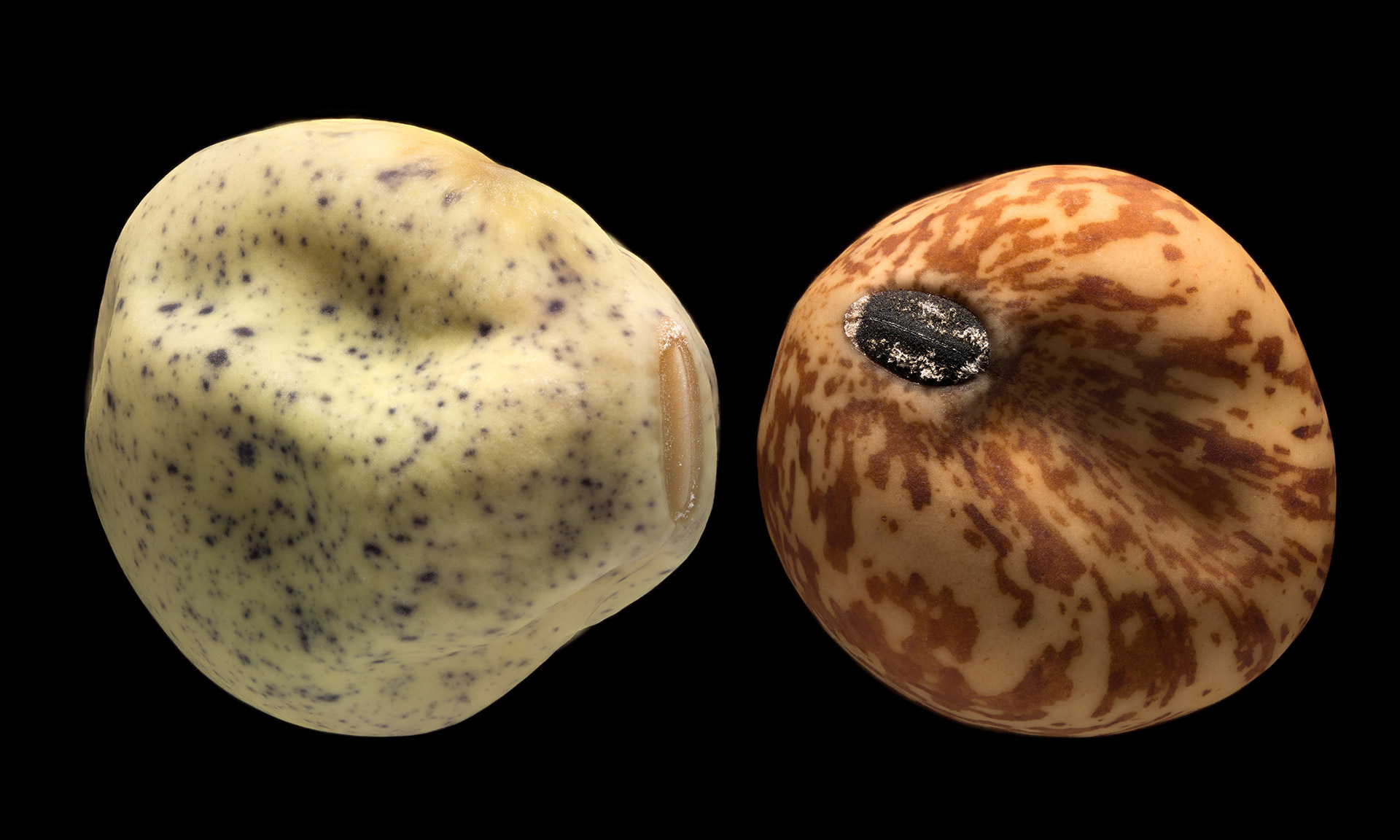
Monster × Svalöfs Belloart
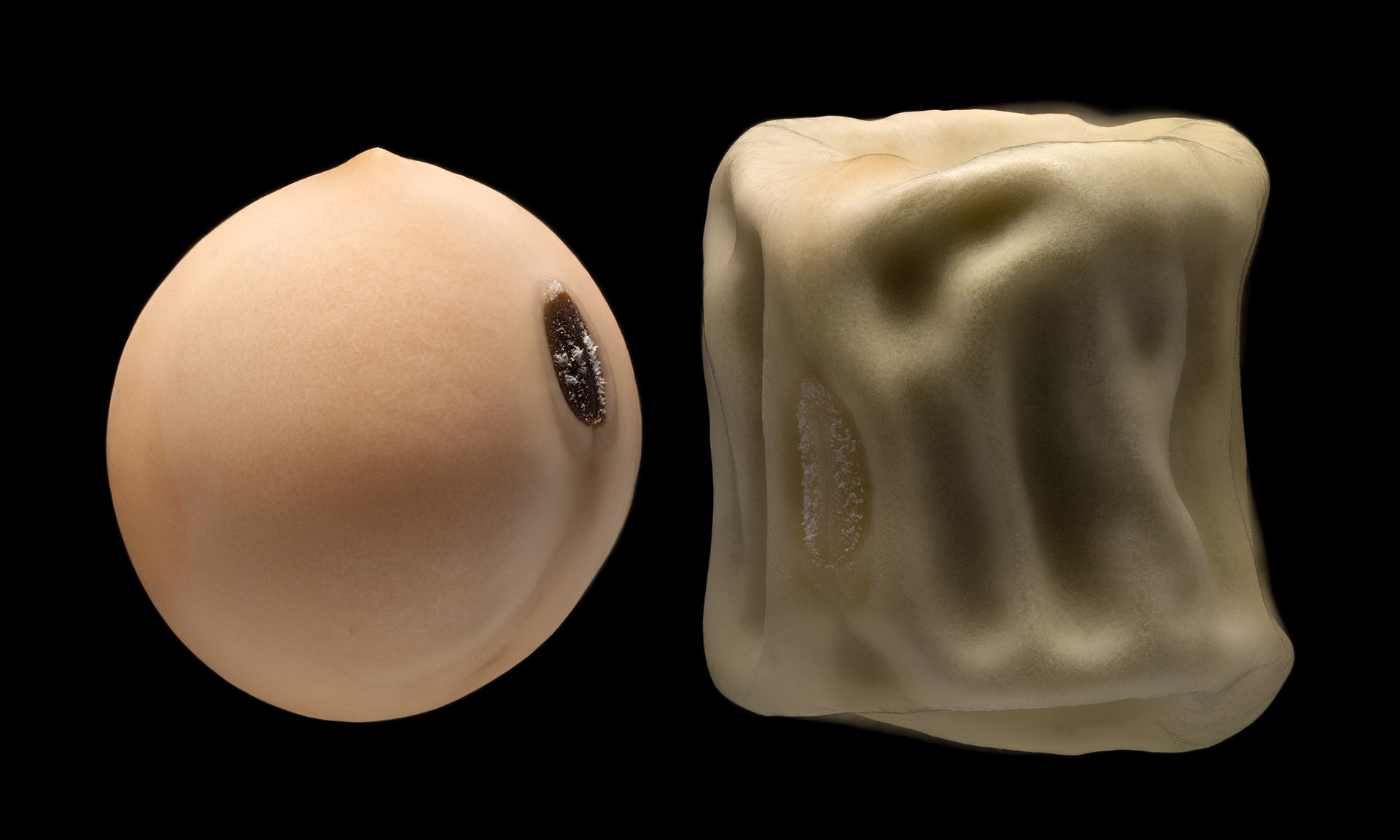
Mutant Orange Pods × Omega
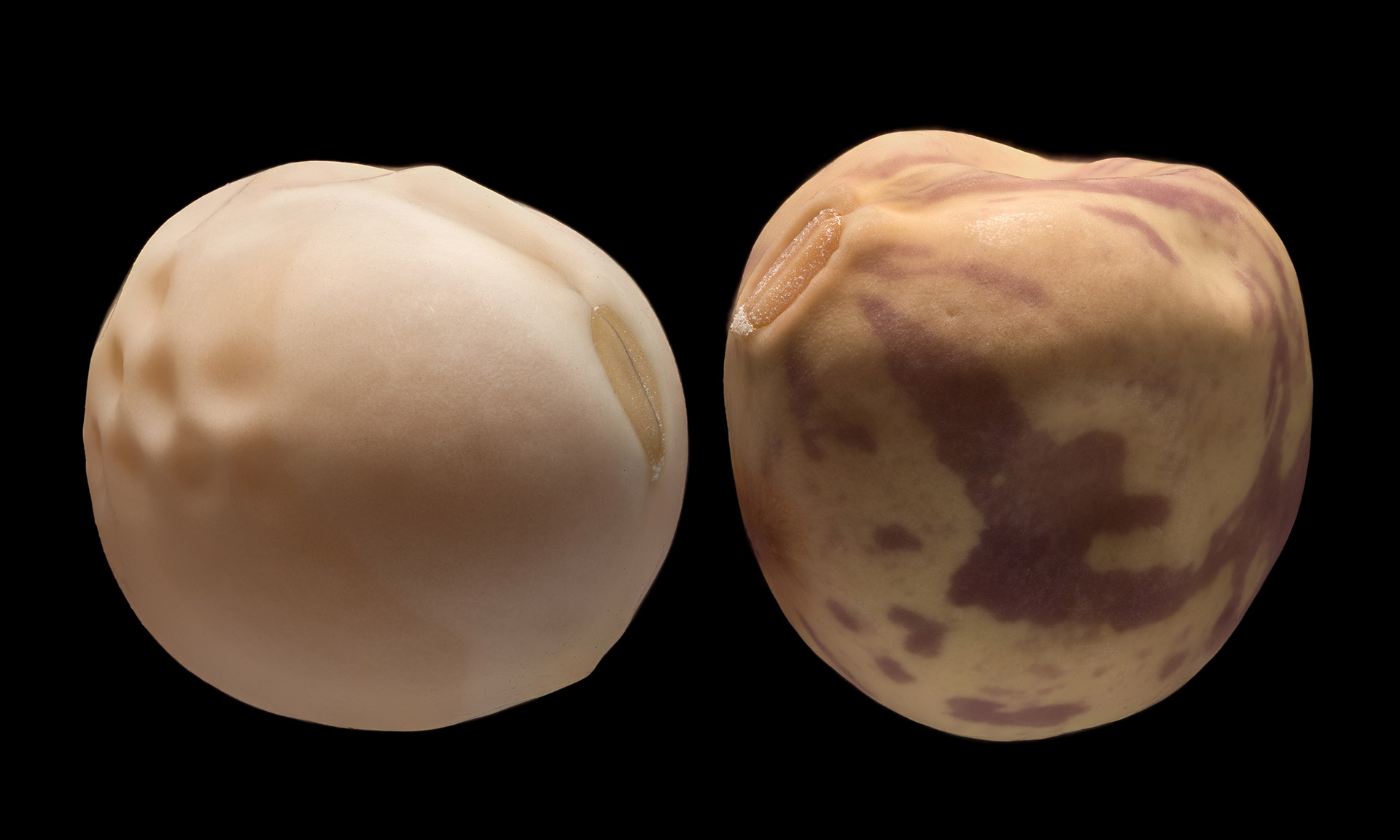
Münchener Weißblühende Winter × Sugar Ann
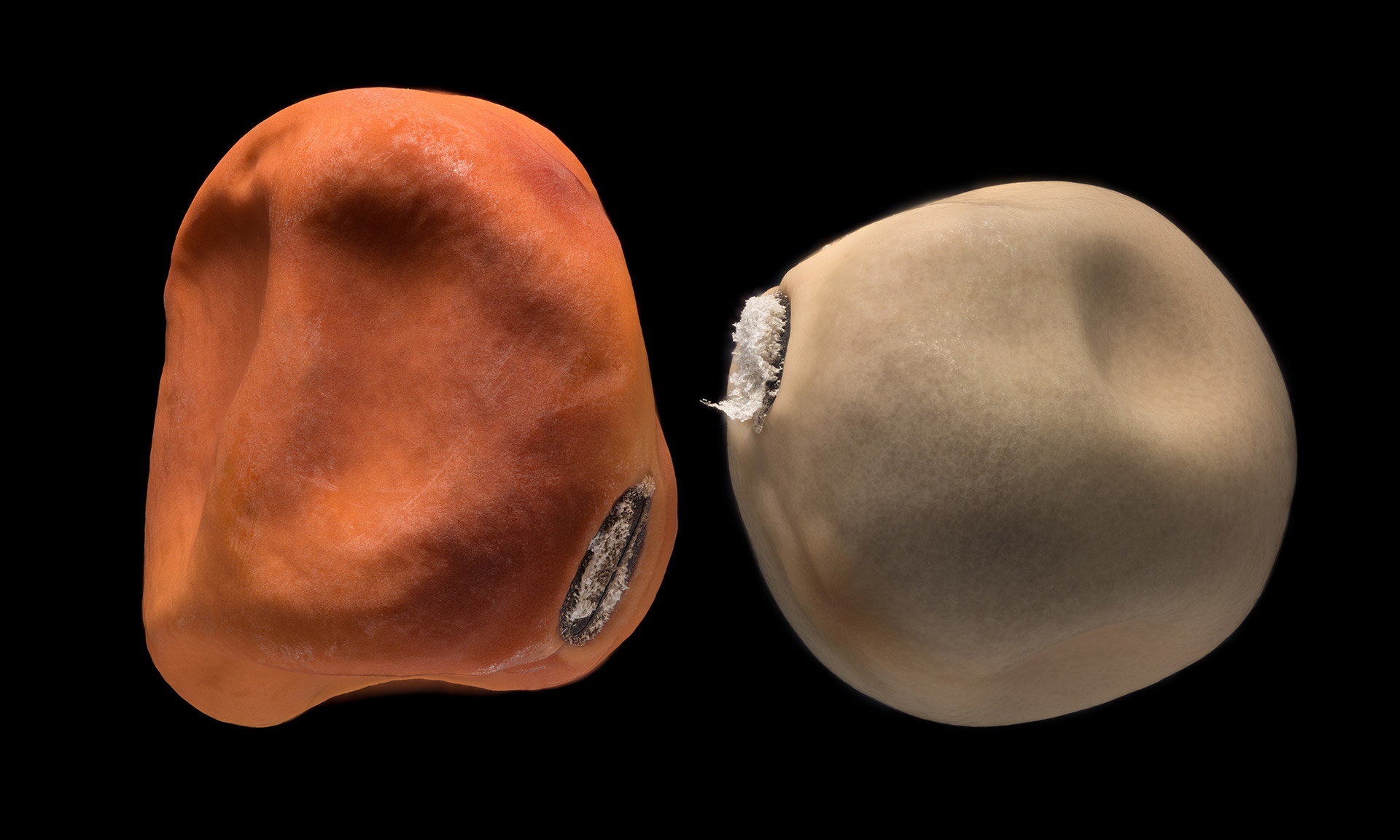
Ostfriesische Grüne × Atar
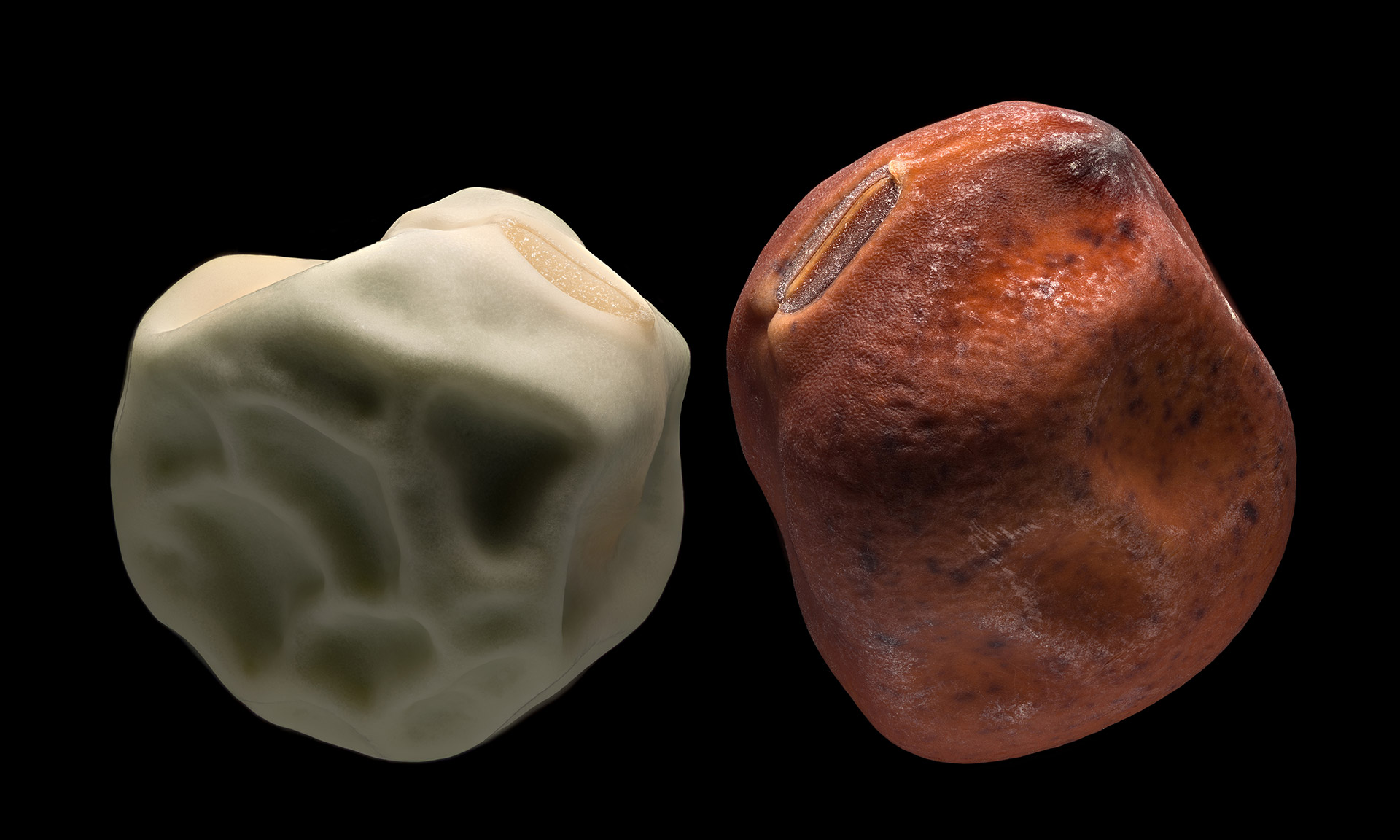
Pacemaker × Shiraz
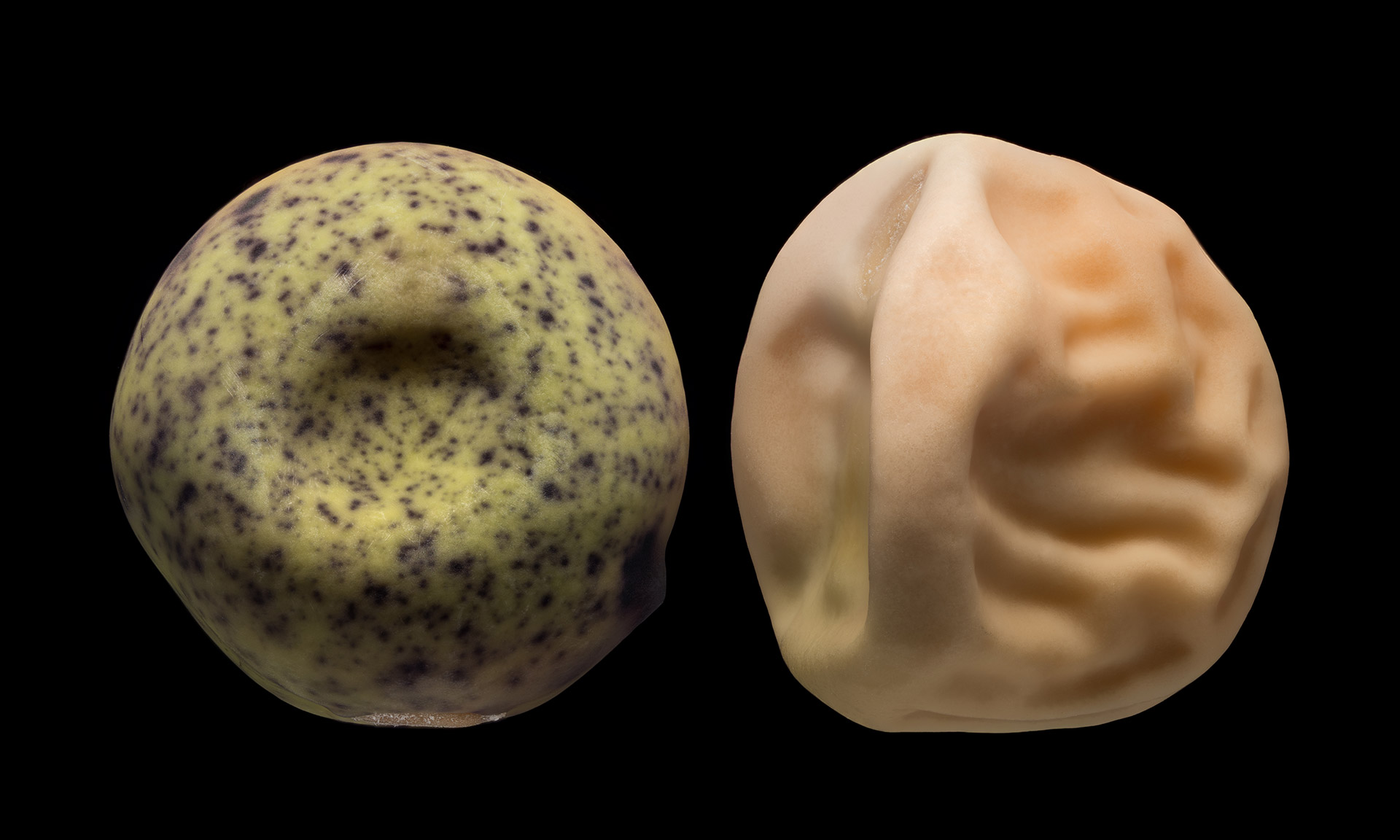
Palma × Lincoln
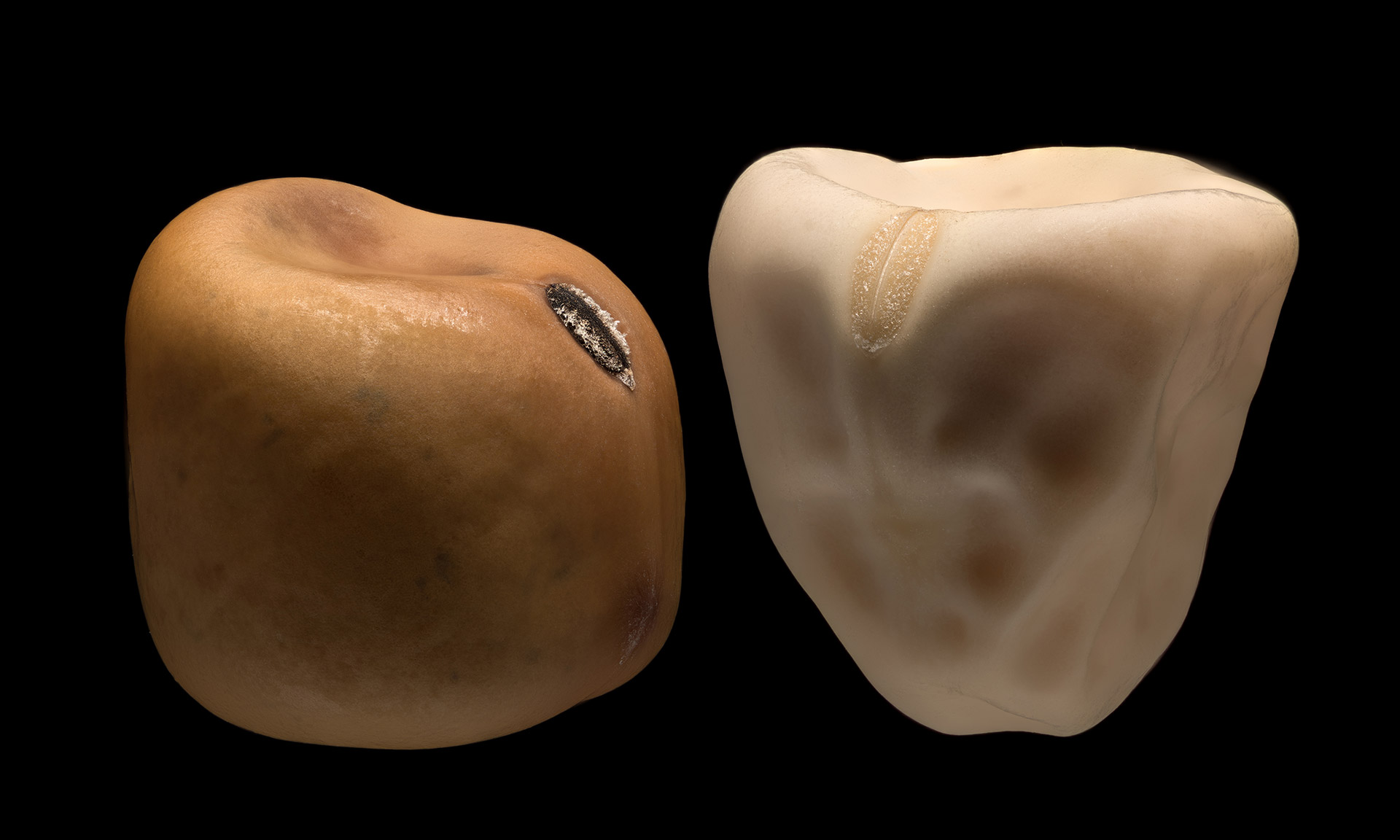
PIS 2716 × Sugar Bon

Pis 7274 × Sugar Magnolia
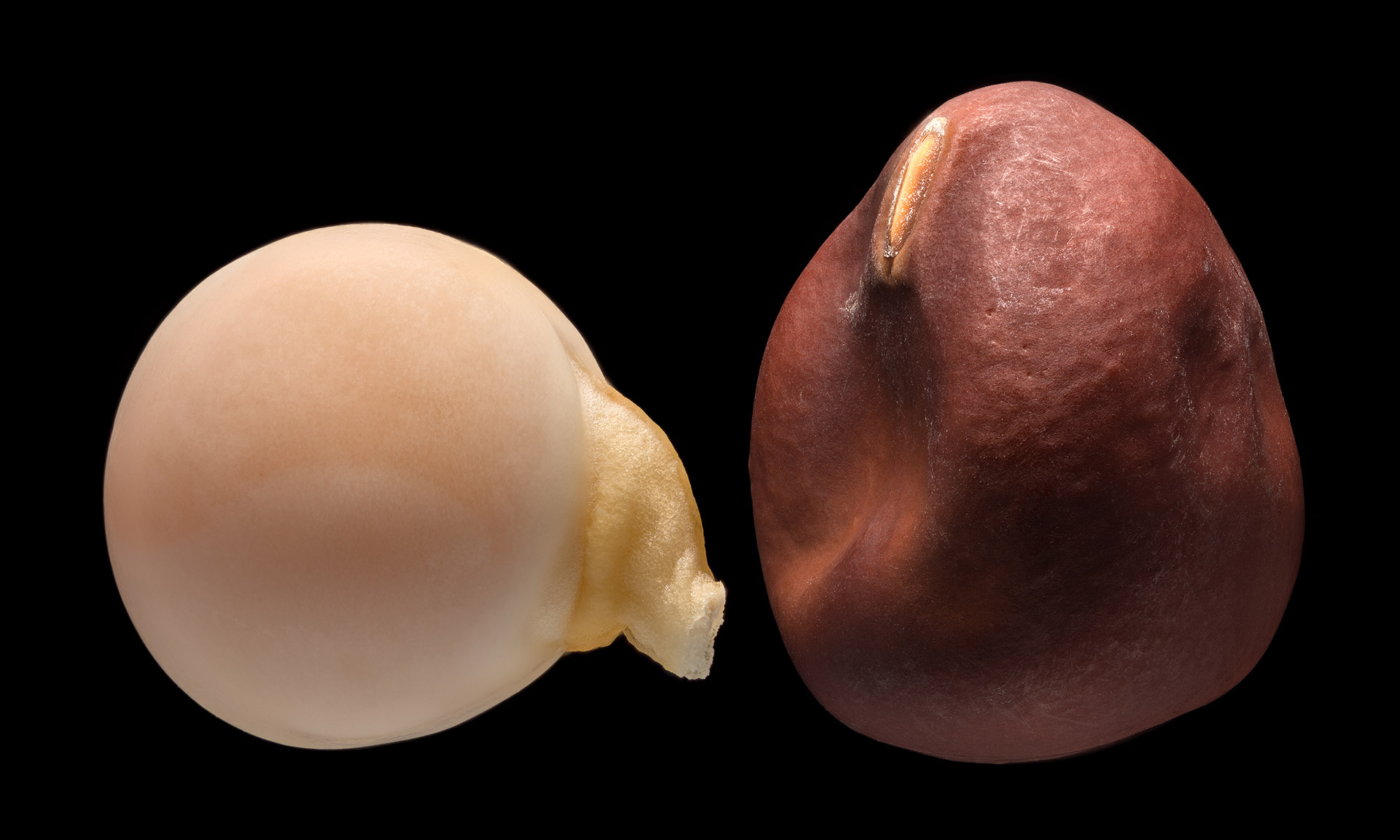
PIS 7476 × Blauwschokkers
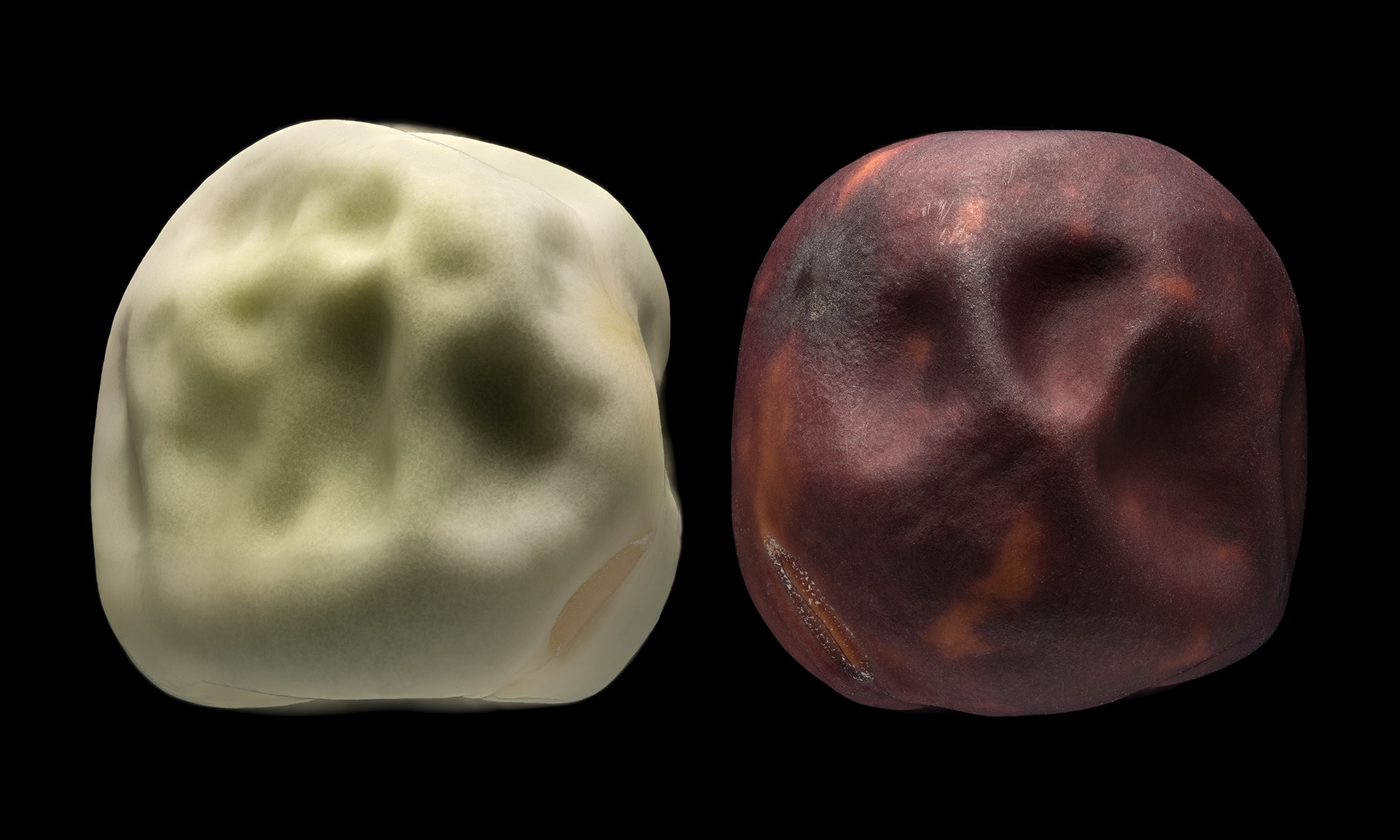
Rannij Mozgovoj × Golden Sweet
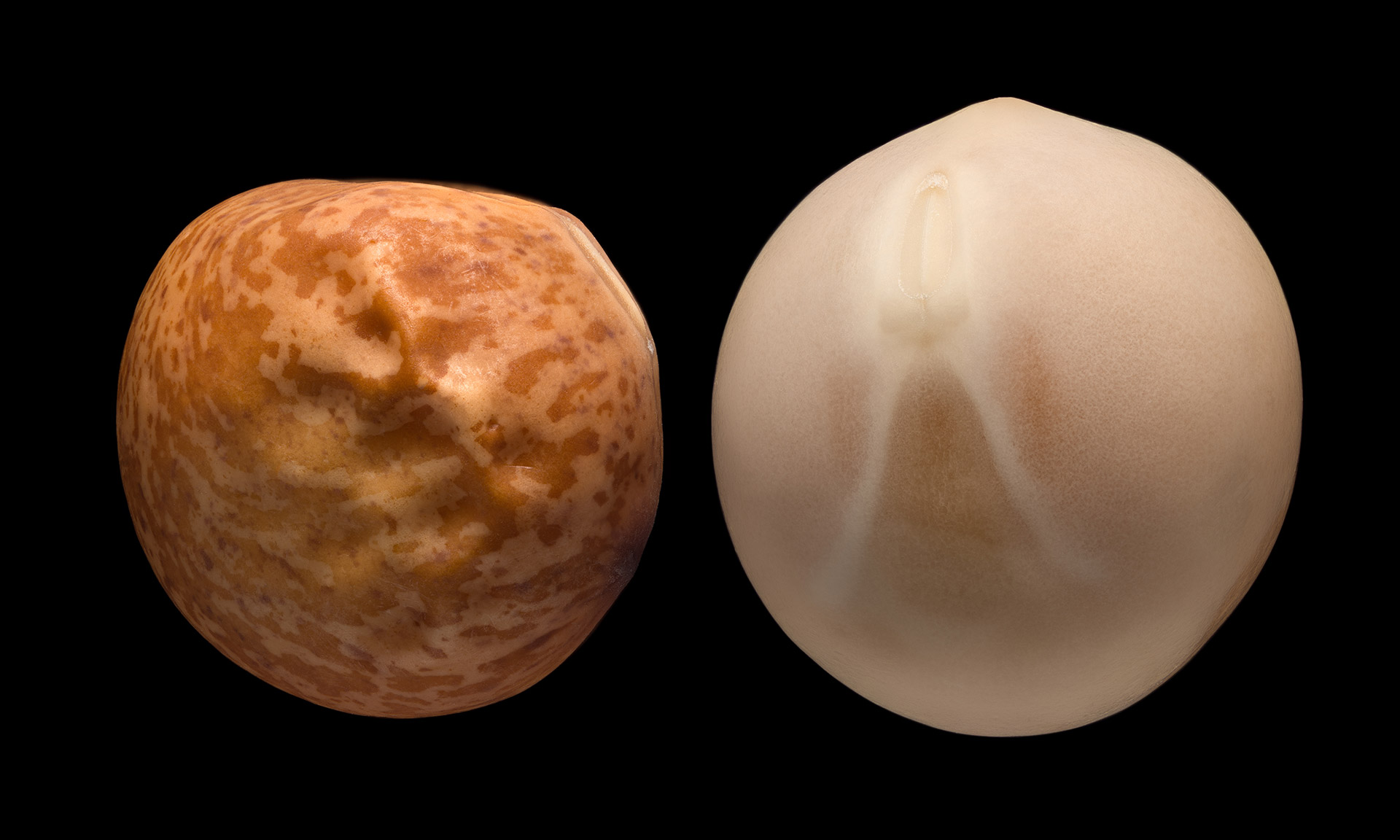
Red Fox × Ruga
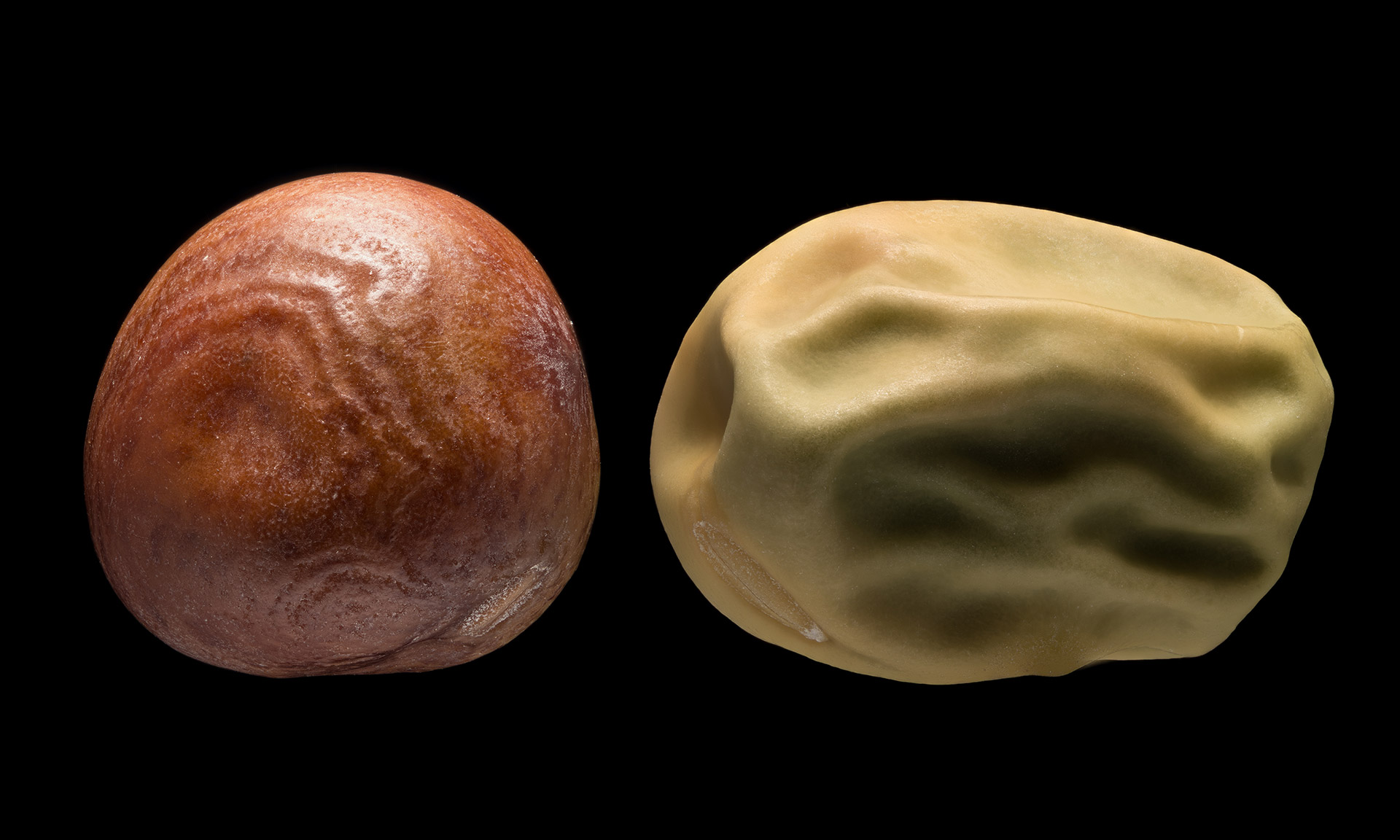
Roveja Di Castelluccio × Opal Creek
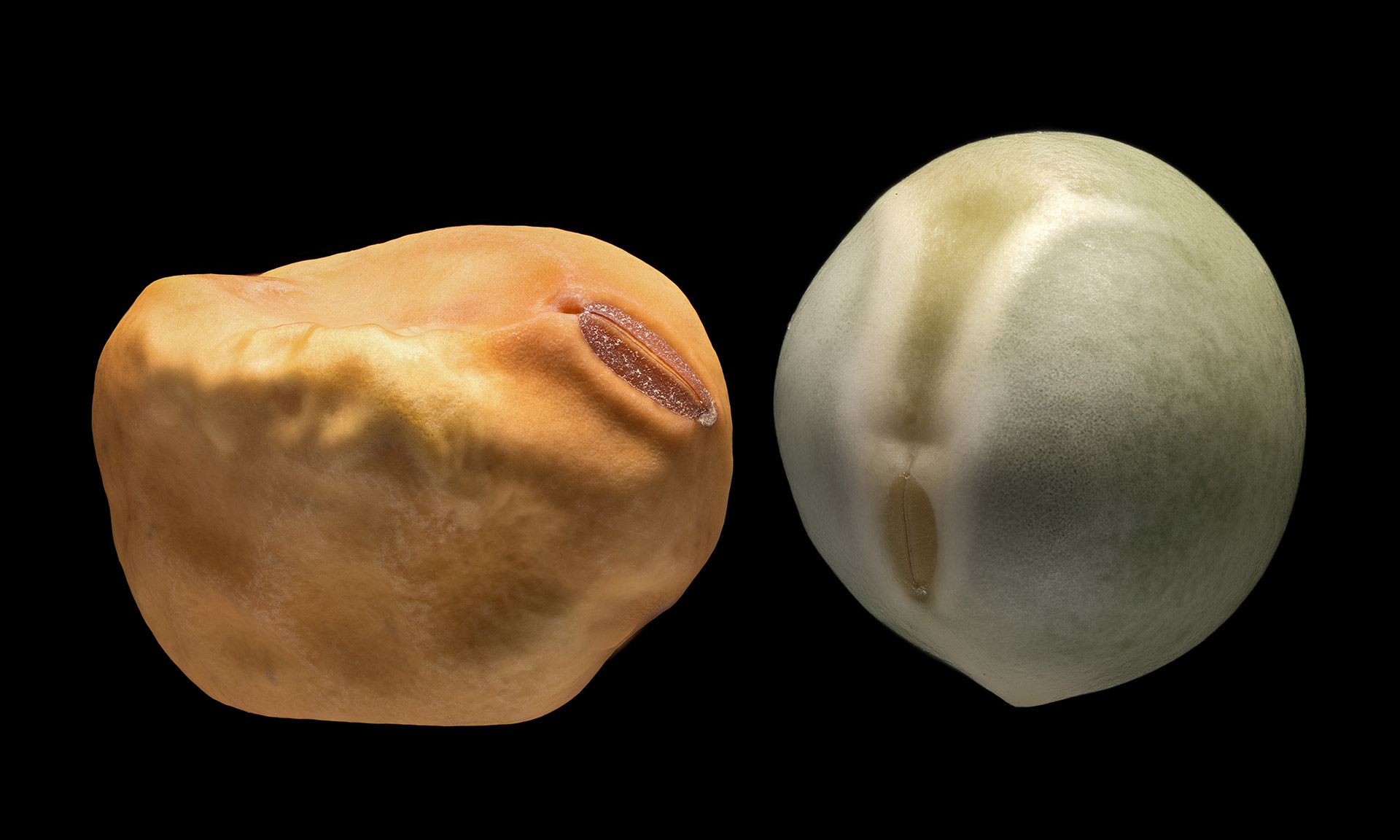
Schweizer Riesen Goldgelb × Milión Zeleny
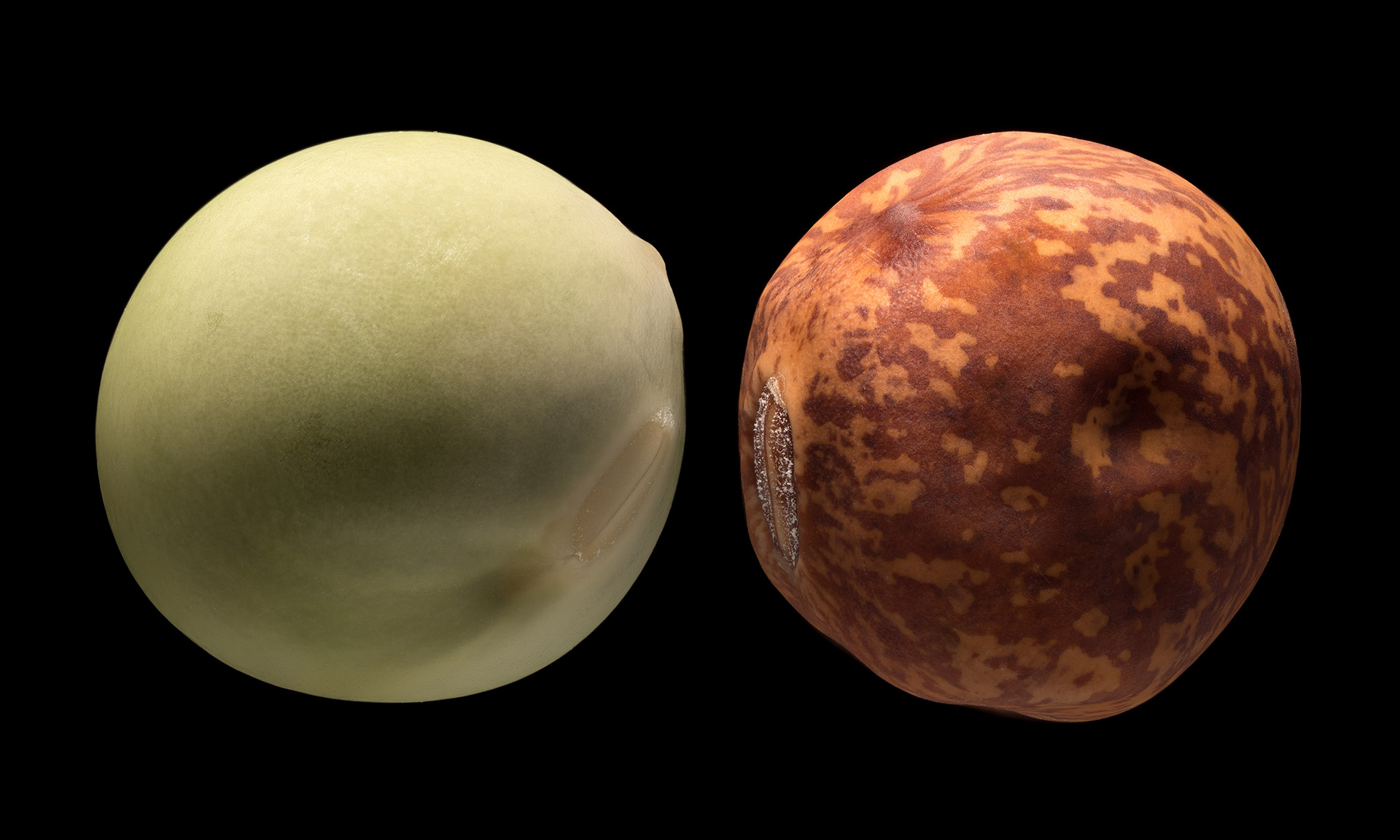
Serpette Express × Nordost
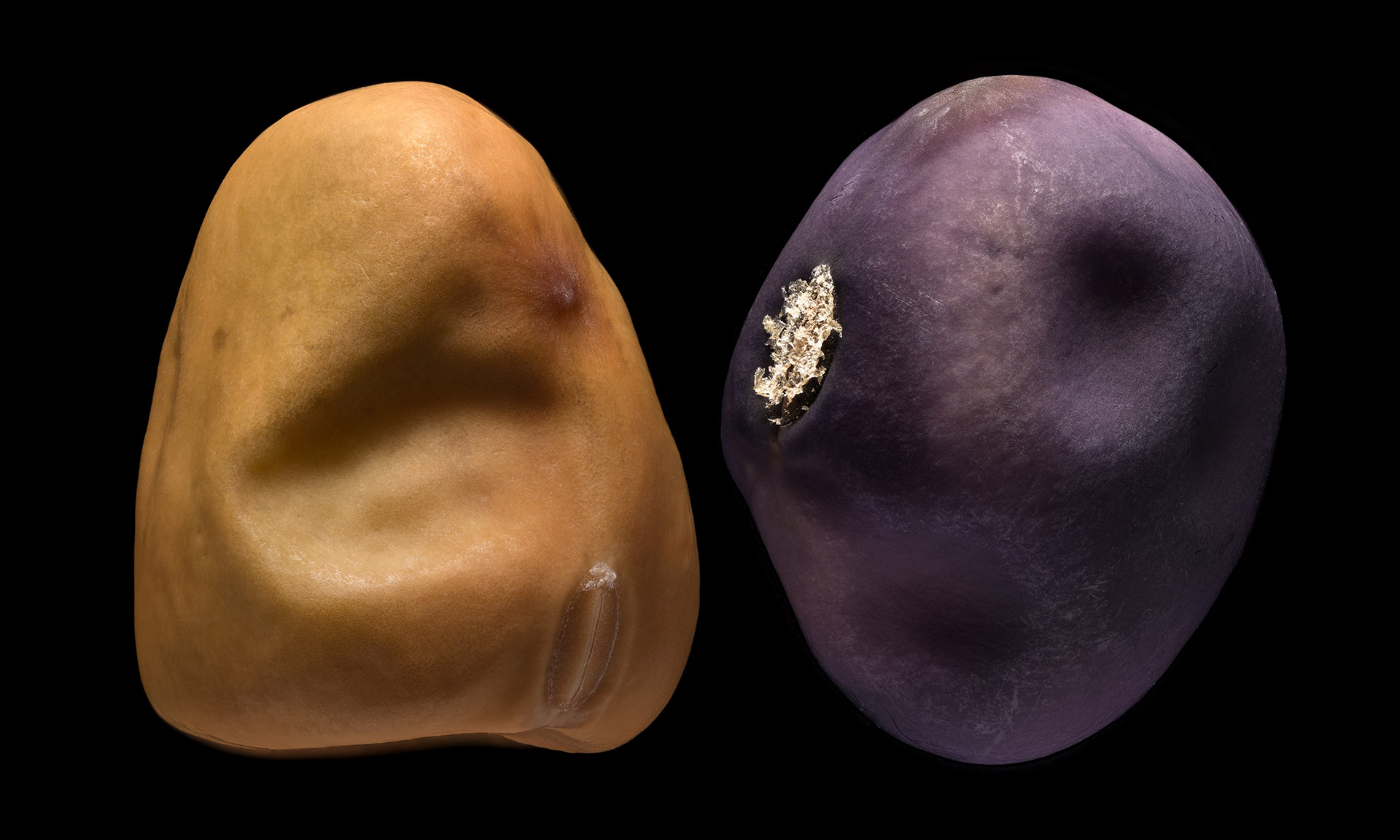
Spring Blush × Small Black Pea
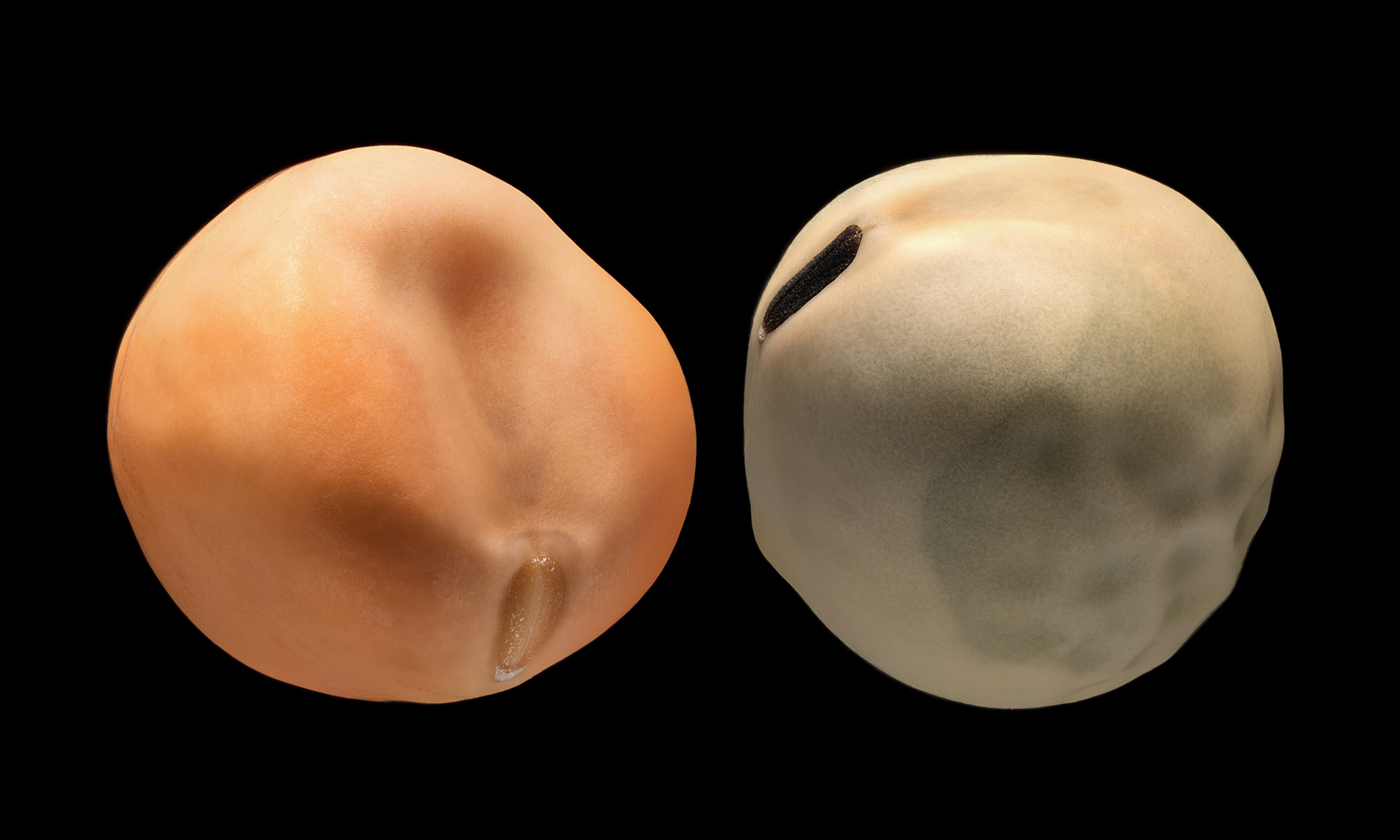
Strengs Weihenstephaner Felderbse × Weibulls Kloster
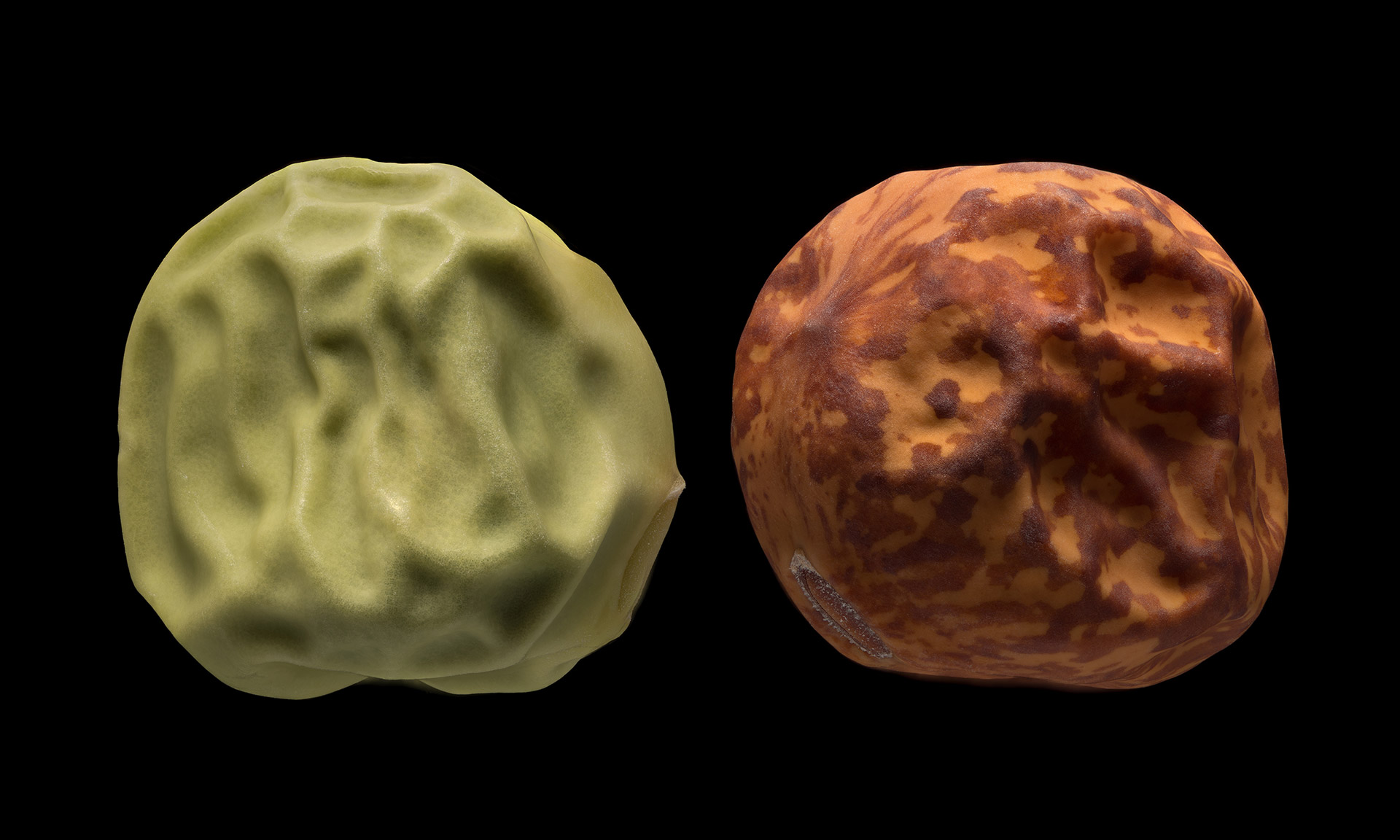
Sugar Snap × Ostpreußische Peluschke St
.jpg)
FOTO: Michaela Dvořáková
.jpg)
FOTO: Michaela Dvořáková
.jpg)
FOTO: Michaela Dvořáková
.jpg)
FOTO: Michaela Dvořáková
.jpg)
FOTO: Michaela Dvořáková
.jpg)
FOTO: Michaela Dvořáková
.jpg)
FOTO: Michaela Dvořáková
.jpg)
FOTO: Michaela Dvořáková
BRNO ART OPEN 2022
gGeEnn - Mendel Is… an Artist!
8.6.-28.8.2022
Brno, Czechia
Works by Tomas Gabzdil Libertiny (SK/NL), Anna Hulačová (CZ), Kuai Shen (EC/D), Saša Spačal (SI), Jiří Y. Suchánek (CZ), Uli Westphal (D)
Curated by Milan Mikuláštík, Milan Kreuzzieger
Hosted by House of Arts, Brno, Czech Republic
www.dum-umeni.cz
gGeEnn - Mendel Is… an Artist!
8.6.-28.8.2022
Brno, Czechia
Works by Tomas Gabzdil Libertiny (SK/NL), Anna Hulačová (CZ), Kuai Shen (EC/D), Saša Spačal (SI), Jiří Y. Suchánek (CZ), Uli Westphal (D)
Curated by Milan Mikuláštík, Milan Kreuzzieger
Hosted by House of Arts, Brno, Czech Republic
www.dum-umeni.cz